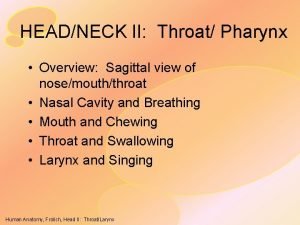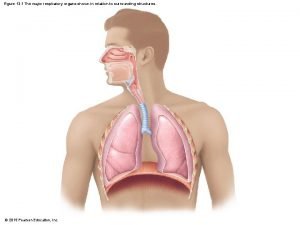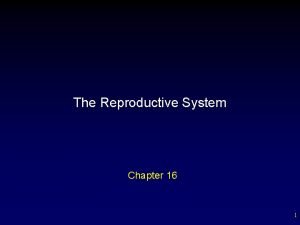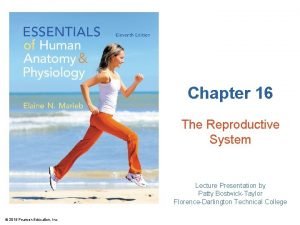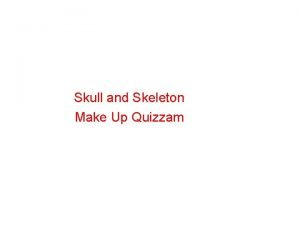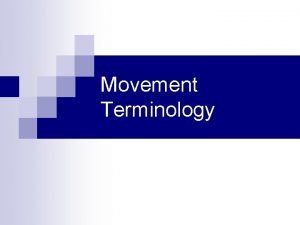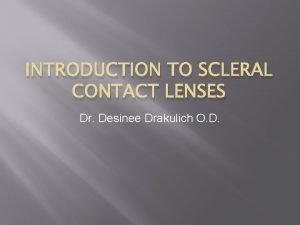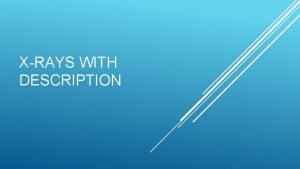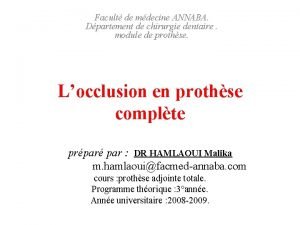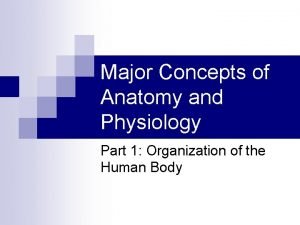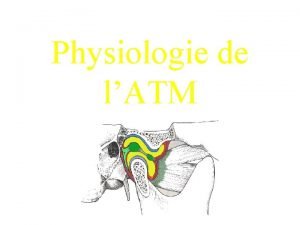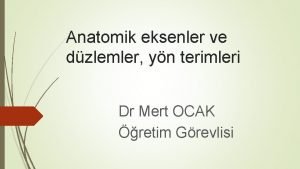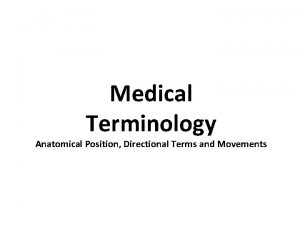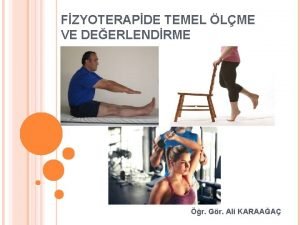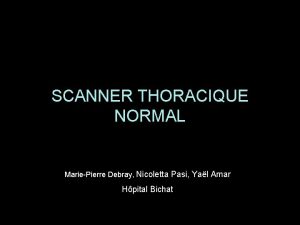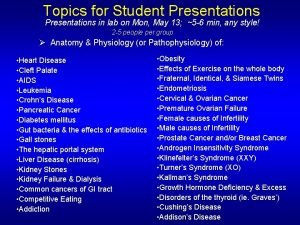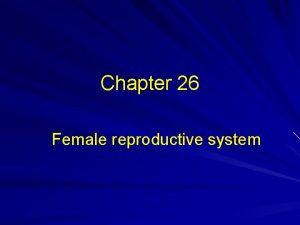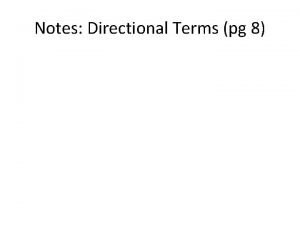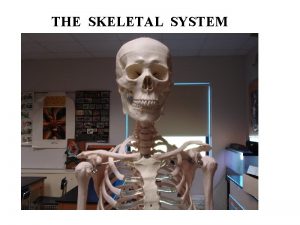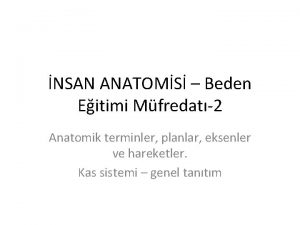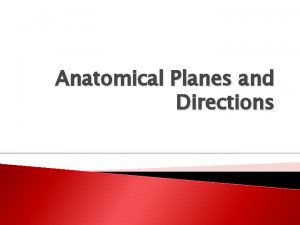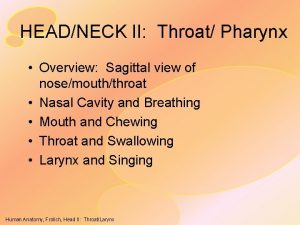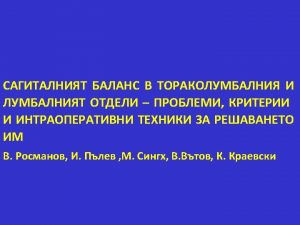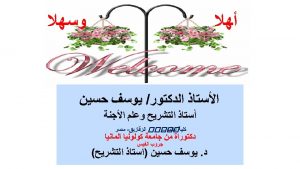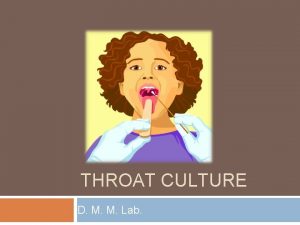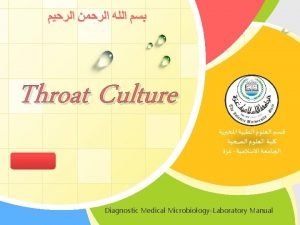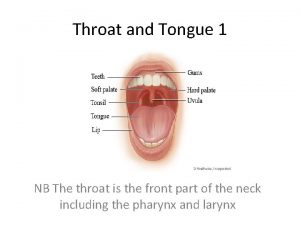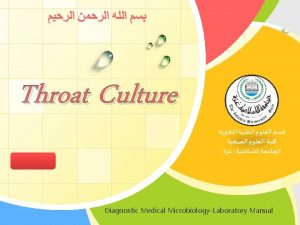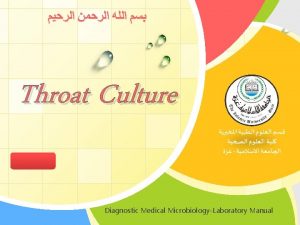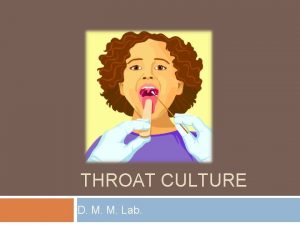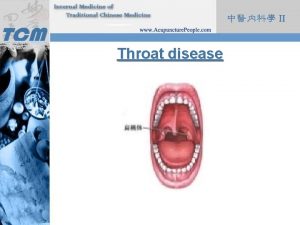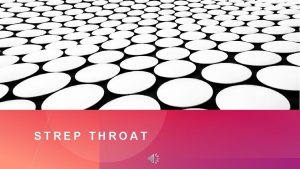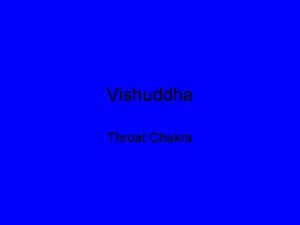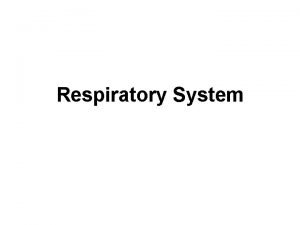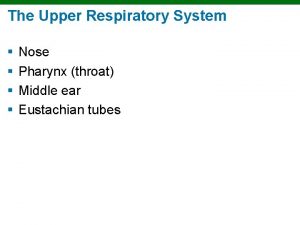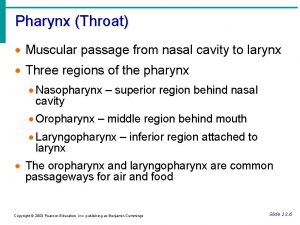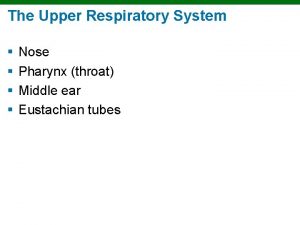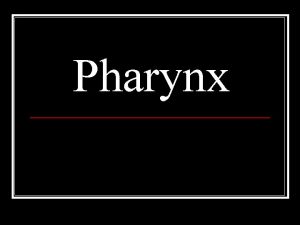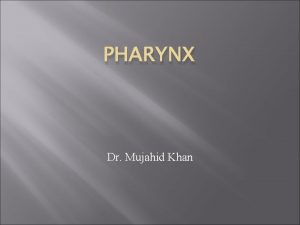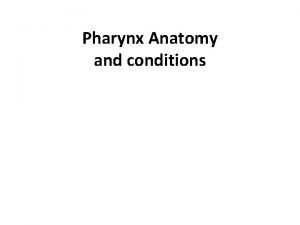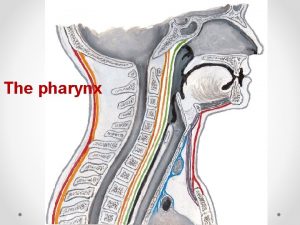HEADNECK II Throat Pharynx Overview Sagittal view of






















- Slides: 22

HEAD/NECK II: Throat/ Pharynx • Overview: Sagittal view of nose/mouth/throat • Nasal Cavity and Breathing • Mouth and Chewing • Throat and Swallowing • Larynx and Singing Human Anatomy, Frolich, Head II: Throat/Larynx

Sagittal Section Head • • • Human Anatomy, Frolich, Head II: Throat/Larynx Cranial cavity Brain/Spinal cord Vertebral bodies Epaxial muscles Hard/soft palate Oral cavity Esophagus Trachea Epiglottis Nasopharynx Oro. Laringo-

Nose/Nasal Cavity and Breathing Function: • Inlet for air to lung • Warm/filter air (mucous membranes on ethmoid conchae) • Smell (nerve endings on nasal membranes) Human Anatomy, Frolich, Head II: Throat/Larynx

Conchae of Ethmoid Bone • Scroll-like bones • Covered in mucous membrane for – Smell – Filter air – Warm air Human Anatomy, Frolich, Head II: Throat/Larynx

Sinuses • All connected to nasal cavity • All lined with mucous membranes • Cold/allergies—fill with mucous=sinus headache • • Maxillary Ethmoid Frontal Sphenoid M&M, Fig. 7. 11 Human Anatomy, Frolich, Head II: Throat/Larynx

Mouth/Oral Cavity and Chewing FUNCTION • Bite and chew food • Form words • Taste • Kiss Lined by thick stratified squamous epithelium (almost no keratin) COMPONENTS • Lips • Cheeks • Palate • Jaws and teeth • Salivary glands Vestibule—in front of teeth Oral cavity proper—behind teeth Human Anatomy, Frolich, Head II: Throat/Larynx

FUNCTION • Close mouth • Keep food in • Make speech sounds • Tactile STRUCTURE • Core of sphinchter-shape skeletal muscle (orbicularis oris) • “Red margin” transition from keratinized skin to oral mucosa – Red because clear color lets underlying vessels show through – No sweat or sebaceous glands, thus needs to be wet (or lip balm) Human Anatomy, Frolich, Head II: Throat/Larynx Lips

FUNCTION • Form side of moth STRUCTURE • Buccinator muscle— instrumental in swallowing, connects back to pharyngeal constrictors Human Anatomy, Frolich, Head II: Throat/Larynx Cheeks

Palate • Hard palate anterior – Maxilla – Palatine • Soft palate is posterior extension, soft tissue • Palatoglossal arch (palate to tongue) • Palatopharyngeal arch (palate to pharynx) • Tonsils between arches • Uvula…? ? ? Human Anatomy, Frolich, Head II: Throat/Larynx

Jaws FUNCTION • Hold teeth • Occlude in chewing STRUCTURE • Upper jaw—maxillary bone • Lower jaw--mandible Human Anatomy, Frolich, Head II: Throat/Larynx

Teeth • Deciduous teeth—”milk” or “baby” teeth • Emerge 6 mos. – 2 yrs. • Replaced by permanent teeth 6 -12 yrs. • Wisdom teeth (3 rd molar) erupts 17 -25 yrs or remains in jaw Human Anatomy, Frolich, Head II: Throat/Larynx Key to healthy teeth and gums: • Flossing • Visiting dentist regularly (every 6 mos. ) and starting at young age (3 -4 yrs. )

Structure of individual tooth—it’s alive!! Human Anatomy, Frolich, Head II: Throat/Larynx

Jaw muscles • Masseter, temporalis— elevate mandible (“close jaw”) • Medial pterygoid—lateral (side-to-side) chewing • Lateral pterygoid—translates mandible anteriorly (part of opening) • Digastric (not shown)— depresses mandible (“opens jaw”) • Chewing is circular motion Human Anatomy, Frolich, Head II: Throat/Larynx

Tongue FUNCTION • Position food between teeth • Form words in speech STRUCTURE • Intrinsic muscles (allow for shape change with fibers in various directions) • Extrinsic muscles— attach tongue to skeleton – Genioglossus – Hyoglossus Human Anatomy, Frolich, Head II: Throat/Larynx

Salivary glands • Intrinsic—all over mucous membranes of tongue, palate, lips, lining of cheek • Extrinsic—secrete more saliva when eating (or anticipating) – Parotid – Submandibular – Sublingual Human Anatomy, Frolich, Head II: Throat/Larynx

Saliva • • Moistens mouth Dissolves food to be tasted Wets and binds food Contains amylase to start starch digestion (saltine to sugar experiment) • Contains bicarbonate to neutralize cavitycausing acids produced by bacteria • Contains anti-bacterial and anti-viral enzymes and cyanide-like compound to kill harmful micro -organisms • Contains proteins that stimulate growth of beneficial bacteria in the mouth Human Anatomy, Frolich, Head II: Throat/Larynx

Throat/Pharynx and Swallowing • Back of mouth to larynx • Food and air mix and cross Trachea gus PHARYNX Esopha STRUCTURES • Entry—pharyngeal arches • Exit—glottis (epiglottis is lid) • Pharyngeal constrictors squeeze food through • When it goes wrong—choking!! Human Anatomy, Frolich, Head II: Throat/Larynx Air Food

Pharynx and Swallowing Focus on muscles and arrangement of mouth cavity, pharynx, larynx, epiglottis, trachea Human Anatomy, Frolich, Head II: Throat/Larynx Pharynx/Swallowing in detail!!

Descent of the larynx Human Anatomy, Frolich, Head II: Throat/Larynx

Larynx and Singing FUNCTION • Channel air out of trachea • Vibrate to produce sound for speech/song STRUCTURES • External skeleton or frame (cartilage) • Internal vocal cords and associated muscles Human Anatomy, Frolich, Head II: Throat/Larynx

Skeleton of larynx M&M, Fig. 21. 5 • Cricothyroid ligament is usual site of emergency tracheotomy (feel on self—SURFACE ANATOMY) Human Anatomy, Frolich, Head II: Throat/Larynx

Vocal cords M&M, Fig. 21. 6 Human Anatomy, Frolich, Head II: Throat/Larynx
 Horizontal
Horizontal Figure 13-1
Figure 13-1 Parturition
Parturition Figure 16-7 is a sectional view of the ovary
Figure 16-7 is a sectional view of the ovary Horizontal section of skull
Horizontal section of skull Male reproductive system diagram
Male reproductive system diagram Fundamental position
Fundamental position Dr drakulich
Dr drakulich Tuberculum minor
Tuberculum minor Plan sagittal dentaire
Plan sagittal dentaire Sagittal plane
Sagittal plane Mouvement de bennet
Mouvement de bennet Sagittal keel
Sagittal keel Aksiyal düzlem
Aksiyal düzlem Sagittal plane other name
Sagittal plane other name Vertikal eksen
Vertikal eksen Nicoletta pasi
Nicoletta pasi Sagittal section of the abdominopelvic cavity
Sagittal section of the abdominopelvic cavity Female reproductive organs sagittal section
Female reproductive organs sagittal section Coronal axial sagittal
Coronal axial sagittal Functions of the skeletal system
Functions of the skeletal system Anatomik terminler
Anatomik terminler Anterior meaning anatomy
Anterior meaning anatomy
